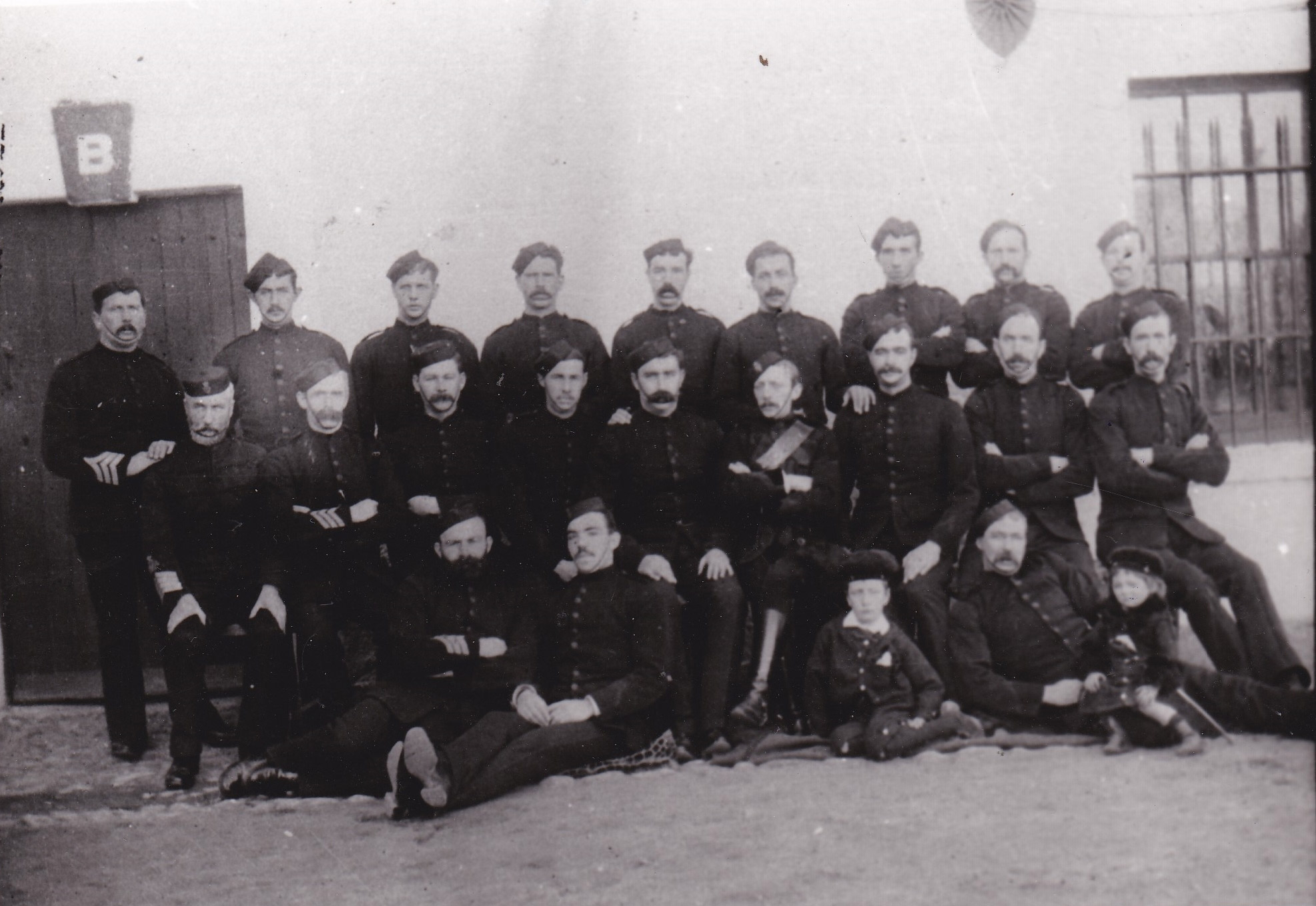
Among the 32 counties of Ireland, the ‘Garden County’ was deemed one of the most prosperous and socially integrated. County Wicklow consists of 498,000 acres of land. A quarter of a million of these acres were under grassland, 9,000 were in crops of various kinds. Woodland occupied 18,000 acres. Unprofitable or poor land covered most of the remainder, with 11,500 acres of lakes and water. In all the county acreage supported a general population of 61,500 persons according the Census of 1911.
Allied to farming were forest industries of sawmilling and timber fabrication. Heavy industry was concentrated in places like Avoca’s famous copper mines and Glendalough’s lead mines.


An important commercial explosives factory was located in Arklow by the British Kynoch Explosives Company since 1895. Other manufacturing consisted of woollen industry and corn milling. Throughout County Wicklow there were local rock quarries in operation.
A bonus industry was tourism. It was mainly concentrated along the east coast railway routes from Bray to Arklow with diversion traffic to famed Glendalough and the various ‘Great Houses’ of the higher landlord class. The fact that Wicklow has an extensive sea coast adjacent to Wales and England gave it the basis for a thriving maritime industry in boat building, fisheries and mercantile trade. In the seacoast towns there was a strong tradition of overseas service in the Royal Navy and the British foreign merchant fleet.Public health standards were rising and slow improvements were beginning to show in an embryonic welfare state

Most of the manpower of the county was engaged in agricultural labouring. It generally took the labour of ten skilled persons to bring a ‘wild’ acre to profitable production. Many small communities had no form of employment outside of village family retailing or agricultural pursuits. Emigration was an accepted norm. Most women’s lives were consigned to domestic and household duties. Those of the more affluent class had little employment opportunities and very few women had professional careers. An exception were convents of which there were a number spread throughout the county. Outside of agriculture a significant number of males were engaged as state employees in various services. These included policemen, coastguards, military personnel, council officials, judiciary employees, civil servants and county medical staff. A small but expanding middle class consisted of those engaged in private enterprise such as solicitors, chemists, bank clerks, insurance clerks, legal employees and similar callings. In the coming conflict a sizeable proportion from these professions would join the colours for King and Country.
